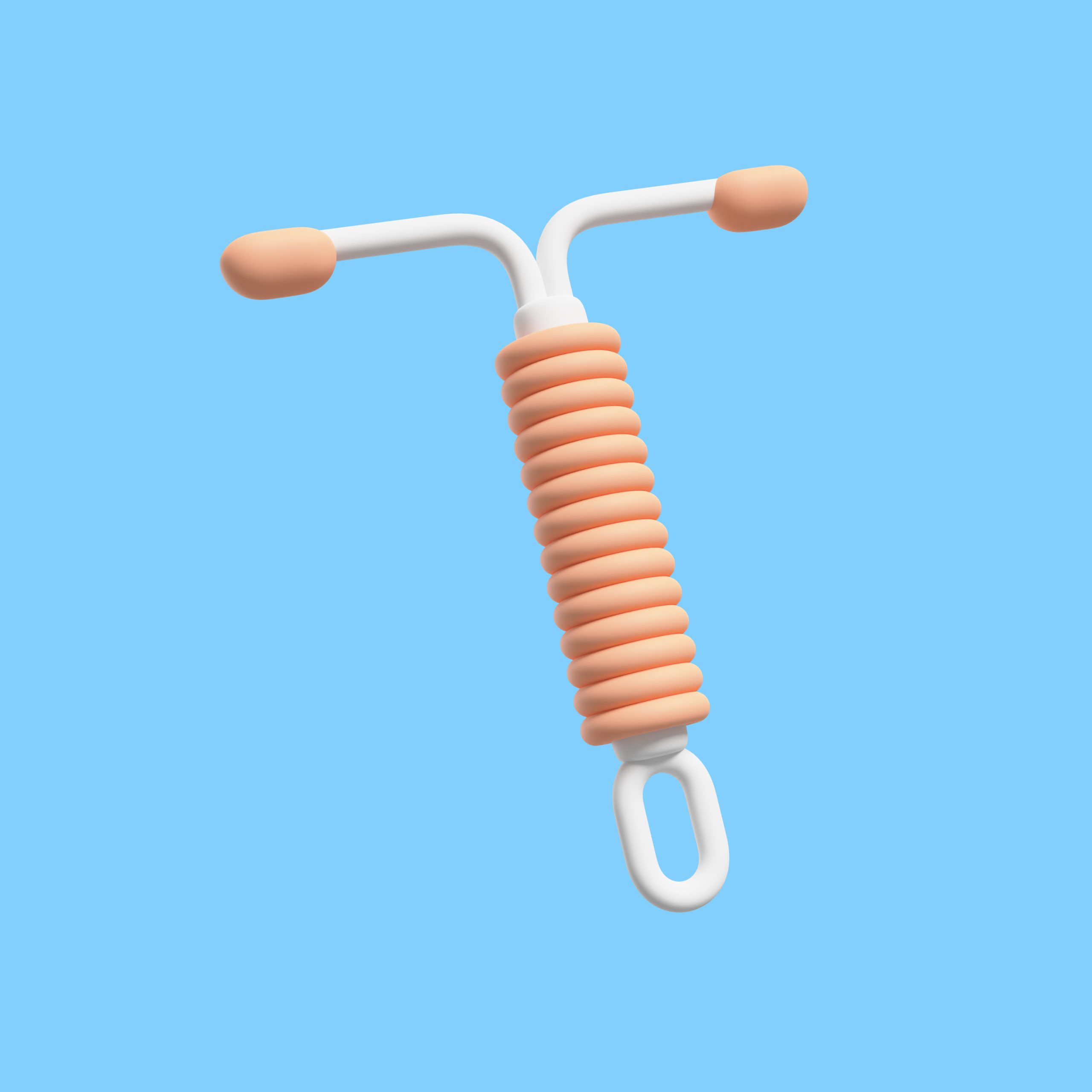Looking for a hassle-free, long-term contraceptive option? The Intrauterine Device (IUD) might be the perfect choice! But before you go ahead, let’s break down everything you need to know about it.
What is an IUD?
The Intrauterine Device (IUD) is a small, T-shaped plastic device placed inside the uterus to prevent pregnancy. It’s a highly effective, reversible form of contraception, often referred to as the coil, loop, copper T, or IUCD (Intrauterine Contraceptive Device).
Types of IUDs
IUDs are usually made of plastic and copper, with some varieties containing silver. A thread attached to the device makes removal easy when the time comes.
How is an IUD Inserted?
- IUD insertion is ideally done right after your period ends, but it can be inserted anytime during the first half of the menstrual cycle or up to five days after ovulation.
- The procedure takes about 5 minutes and is done in the doctor’s office.
- Once inserted, it works immediately to prevent pregnancy.
- Your first period after insertion may be heavier and slightly more painful, but this usually resolves over time.
How Does an IUD Prevent Pregnancy?
IUDs work through multiple mechanisms:
- Alters cervical mucus, making it difficult for sperm to reach the egg.
- Modifies the uterine environment, making implantation unlikely.
- Prevents sperm from reaching the fallopian tubes, where fertilization occurs.
How Effective is an IUD?
IUDs are 98% effective in preventing pregnancy. Their lifespan varies:
- Copper IUDs last 3 to 5 years.
- Silver-containing IUDs last up to 10 years.
Who Should Consider an IUD?
✅ Women who want a long-term, reversible contraceptive method.
✅ Women looking for a non-hormonal birth control option.
✅ Those who have completed childbearing but do not want permanent contraception.
✅ Women who want to space pregnancies safely.
Who Should Avoid an IUD?
🚫 Women with a pelvic infection or STDs.
🚫 Those with unexplained vaginal bleeding.
🚫 Women with heart valve problems or an allergy to copper.
🚫 Those at high risk of ectopic pregnancy or with a history of one.
Possible Complications of an IUD
Like any medical procedure, IUD insertion has potential risks:
- Increased infection risk
- Higher chance of ectopic pregnancy (though rare)
- Perforation (rare but possible)
- IUD expulsion
- Pregnancy occurring with the IUD in place (extremely rare)
These risks shouldn’t discourage you—your doctor will discuss them with you and address any concerns!
Important Things to Know About IUDs
- A follow-up checkup after the first period post-insertion is recommended, and then yearly checkups.
- If inserted after age 40, an IUD can remain in place until menopause, regardless of its designated lifespan.
- IUD removal is a quick, painless procedure done in a doctor’s office.
- If switching contraceptive methods, start a new method 7 days before removing the IUD.
- Menstrual cycles should continue normally—if you miss a period or experience unusual bleeding, consult your doctor immediately.
- An IUD can also be used as emergency contraception up to five days after unprotected sex.
Final Thoughts
The IUD is a fantastic, low-maintenance contraceptive choice with high efficacy and minimal daily effort. If you’re considering it, talk to your gynecologist to determine if it’s the right fit for you!
This post is brought to you by House of Gynaecologists, where we make gynecology fun, informative, and easy to understand!

